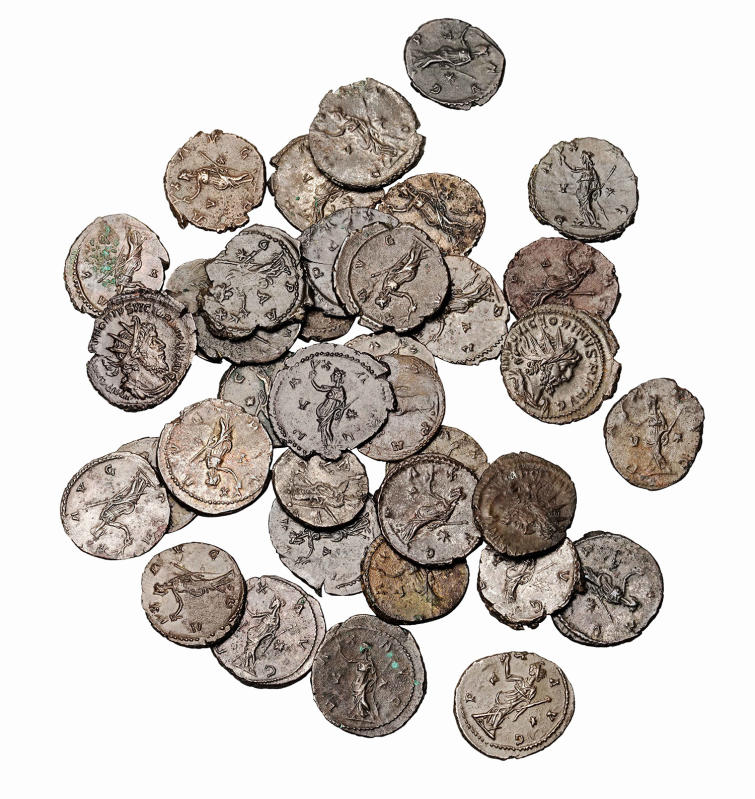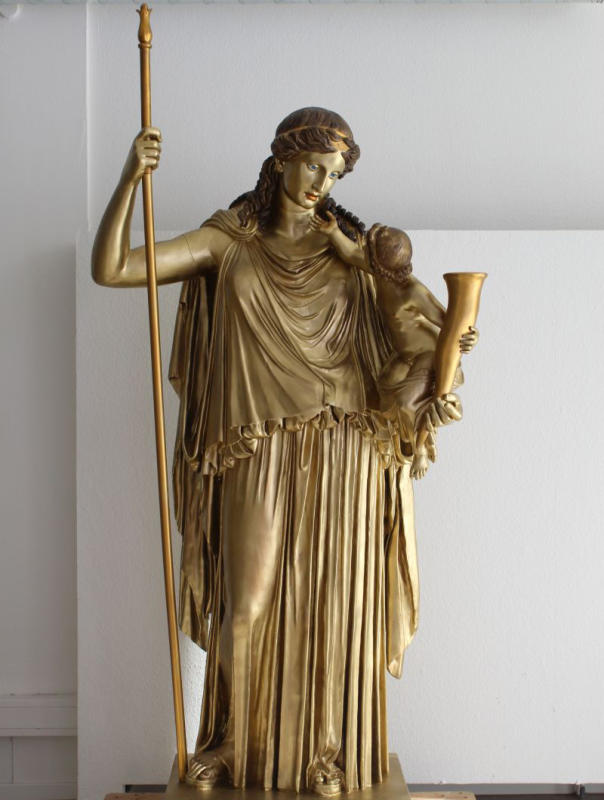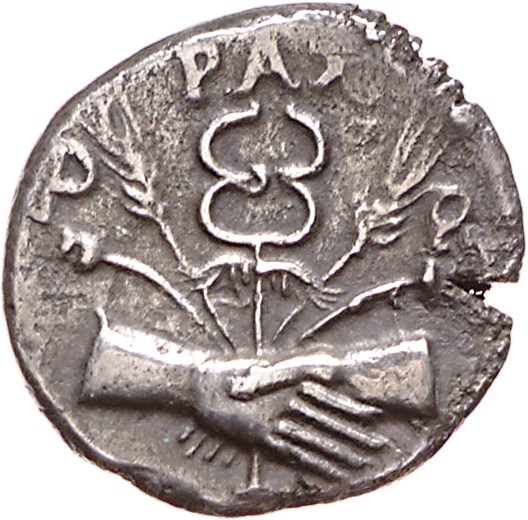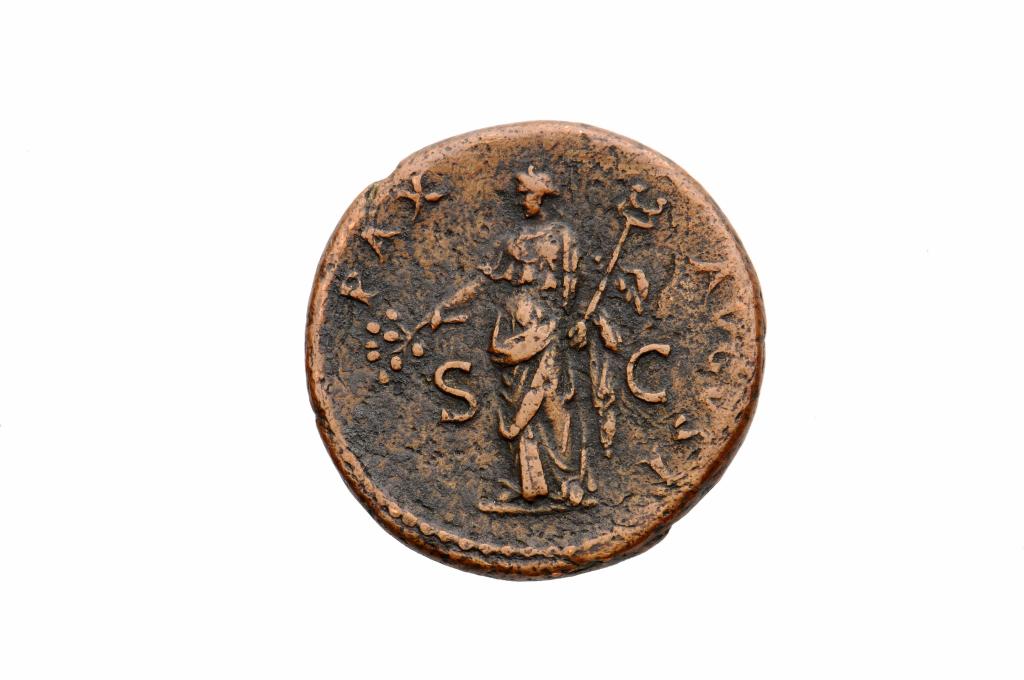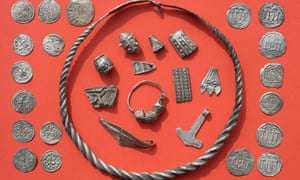The American Journal of Human Genetics published the findings, which draw from the first population-level nuclear DNA analysis of a Native American group from ancient to modern times.
"The finding contradicts a popular notion," says John Lindo, a geneticist in Emory University's Department of Anthropology and first author on the paper. "There is this idea that after Native Americans came in through the Bering Strait that they were all expanding in population size until Europeans showed up. At least for this one population, we've shown that was not the case."
A boon in next-generation DNA sequencing technology has opened the possibility to explore the evolutionary history of different populations. "Ancient nuclear DNA analysis is a relatively new field," Lindo says. "Not until recently have we had methods to sequence an entire genome quickly and inexpensively."
Nuclear DNA provides information on an individual's lineages going back hundreds of thousands of years. Lindo is one of the few geneticists looking at ancient whole genomes of Native Americans. He is especially interested in understanding how the genomes of their different populations evolved over time.
"Their evolutionary histories are radically different," Lindo says. "Over thousands of years, various Native American populations have adapted to living in every ecology throughout North and South America, from the Arctic to the Amazon. That's about as an extreme as you can get for differences in environments."
The Tsimshian people historically lived in longhouses in coastal British Columbia and southern Alaska where they harvested the abundant sea life. Lindo and his colleagues sequenced the genomes of 25 living Tsimshian people and 25 ancient individuals who lived in the same region between 6,000 and 500 years ago, and confirmed that they were a continuous population through time.
In a previous paper, drawing from the same data set, they found a dramatic shift between the two time periods in a class of genes associated with the immune system, suggesting a strong evolutionary pressure on the population to adapt to pathogens. A demographic model indicated a crash in the Tsimshian population size of about 57 percent during the early-to-mid 19th century. That finding fitted with historical accounts for how smallpox, introduced by European colonization, devastated the Tsimshian population during two epidemics within that timeframe.
The current paper looked at broader genetic variations between the ancient and modern DNA. An analysis showed both how the variation declined slowly in the ancient population before the collapse, but has since recovered.
"After a population collapse, only a subset of the genetic diversity remains," Lindo says. "We find a more nuanced story, that despite the population collapse, the genetic diversity of modern Tsimshian people varies significantly."
Intermarriage with other Native American groups and non-native populations increased the genetic diversity of some of the modern-day Tsimshian people so that it is near the levels prior to their population collapse, the analysis showed.
"A population with relatively high genetic diversity has a greater potential to fight off pathogens and avoid recessive traits," Lindo says. "It exemplifies the benefits of gene flow between populations, especially following catastrophic events such as the small pox epidemics that the Tsimshian endured."
Senior authors on the paper are Michael DeGiorgio from Pennsylvania State University and Ripan Malhi from the University of Illinois. The paper's coauthors include Tsimshian representatives Joycelynn Mitchell and Barbara Petzelt from the Metlakatla Treaty Office in Prince Rupert, Canada.
Malhi, a leader in forging trusting relationships between genetic researchers and indigenous people, was a mentor to Lindo, who earned his PhD at the University of Illinois at Champaign-Urbana.
Lindo is continuing that tradition of building trust and working closely with indigenous populations. His ancient DNA research at Emory integrates the approaches of ancient whole genomes, statistical modeling and functional methods.
One of his projects is focused on genetic fluctuations to help understand ancient adaptions in various Native American populations. He is currently working with 10 different tribes from throughout North America.
"Community engagement is essential when working with indigenous communities," says Lindo, explaining that he first meets personally with a tribal community to talk about how a genetic study might add to their knowledge of their own history.
"I listen to their stories and how they are working to keep their cultures alive," he says. "One elder from a southwestern tribe told me that his grandfather was taken away in the early 1900s because he was a shaman and Christianity was swelling through the area. Each tribe's stories are different but they are all powerful, and sometimes difficult, stories to hear."
Most ancient DNA analyses have come out of Europe, where more ancient DNA labs are based and cold temperatures have helped preserve specimens.
Lindo wants to bring some of the same insights that those of European ancestry are gaining about their past to Native Americans.
"I'd like to disentangle this idea that Native Americans are part of a singular race," he says. "I want to help Native American tribes to reclaim knowledge of their very ancient evolutionary histories -- histories that have been largely wiped away because of colonialism."





